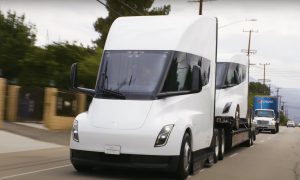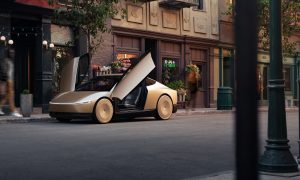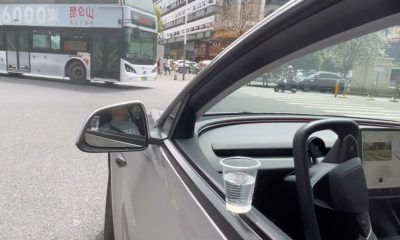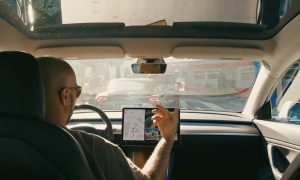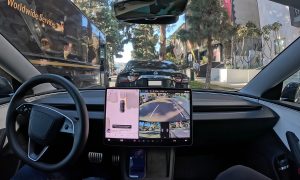Lifestyle
Tesla and fully autonomous cars will change your life
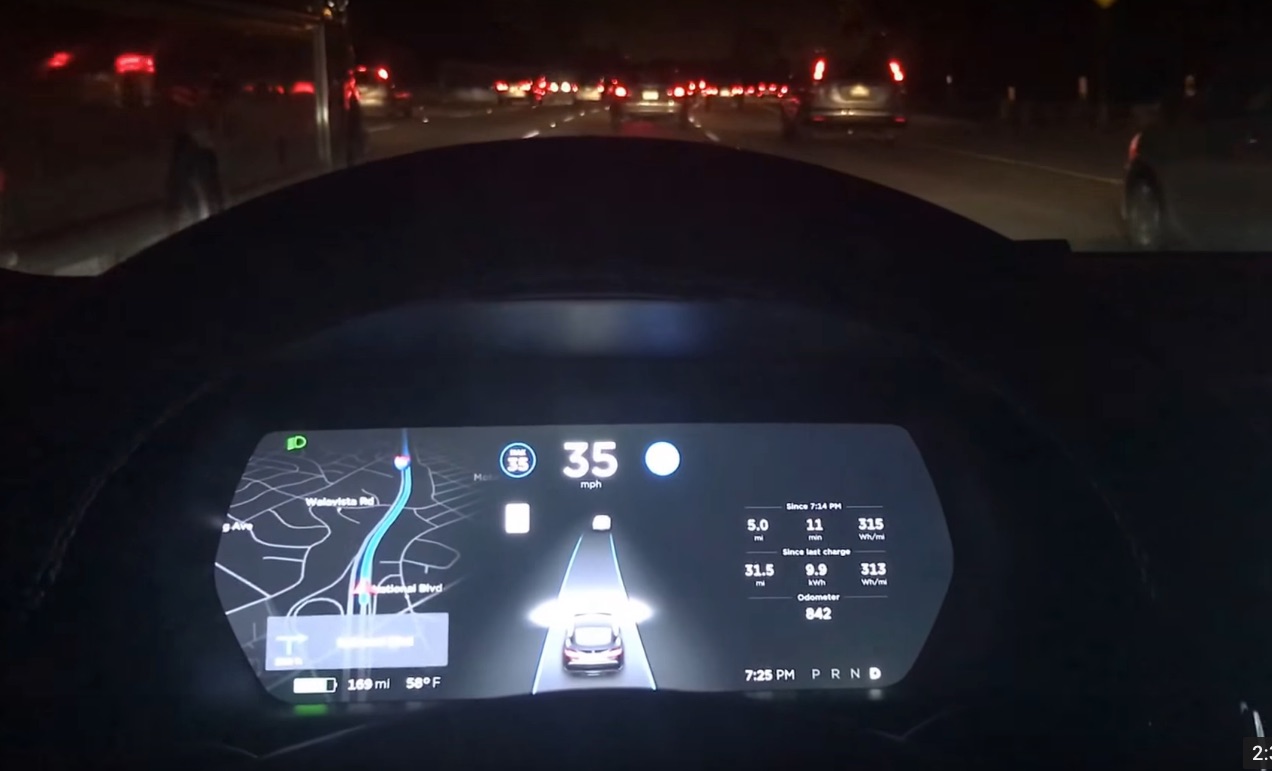
In the past decade new technology has brought about many big changes. The pace of that change has been exponential. But you’d better buckle up because we’re on the verge of another major one: autonomous cars. And while you may be tired of new technology being called “disruptive”, it really is the best way to describe the kind of change autonomous cars are about to bring about.
What could our daily lives be like in the years ahead for owners of full self-driving Teslas?
Today, you might use your Model S or Model X to get to work, where it sits in a parking lot until it’s time to come home. But with full self-driving capabilities, a Tesla could pick you up, drop you off, and even carpool the kids, all without human guidance. Autonomous vehicles can easily shuttle passengers between gaps in transit routes — and even take them door-to-door. With this level of autonomy, passengers might not need to own a car at all — they’ll just order a car when they need one, and it will drive itself over to help out.
But the possibilities for autonomous vehicles don’t stop there. Right now Tesla is developing software that will allow your car to be useful even when you’re not using it. In the future, you might be able to send your autonomous vehicle out independently to act as an autonomous taxi or delivery vehicle and earn you money.
Ultimately this could all change the way we own and use cars. For many, cars might stop being prized (and expensive) possessions. And car “ownership” may become more like a service or utility, like electricity and home internet.
Historically, cars have had a massive impact on the physical world. How will autonomous cars affect the environment?
Autonomous cars may well end up reducing the need to own a car. Many will rideshare for cost or convenience, reducing the number of cars-per-household and leading to fewer cars on the road overall.
Fewer cars means less traffic, less noise, and streets that are calmer and safer.
Street parking, parking structures, and even the suburban two-car garage could become things of the past. That will not only free up real estate, allowing for more greenery (which will obviously help the environment), but less concrete means less heat being reflected into the atmosphere, and that will help cool down cities (and, potentially, the world as a whole).
Shared or reduced vehicle ownership and more efficient use of vehicles generally (through ridesharing, ride hailing, more convenient use of transit, more efficient traffic flow/patterns capable through autonomous vehicles, etc.) will also have positive environmental effects.
In short, autonomous cars aren’t just offering a change in the way we drive, they are offering the potential for much bigger changes — and much greener changes.
What does the “autonomous future” offer in terms of safety?
Many technologies associated with autonomous driving are already common in today’s cars. In 2014 European regulations required all new vehicles to include autonomous emergency brake systems. We also have technology such as dozing driver alarms, active cruise control, and lane keeping assist. Combined, these technologies are already significantly reducing the number and severity of accidents. One study in France estimated a 15% reduction in fatal pedestrian accidents and a 38% reduction in pedestrian accidents with serious injury. This equates to thousands of lives saved every year.
Data from the NHTSA’s 2008 National Motor Vehicle Crash Causation Survey shows that 93% of crashes are caused by “human error” and “driver error”. Does this mean we will see a 93% reduction in vehicle accidents when autonomous vehicles are the norm? Time will tell, but there is little doubt there will be a significant reduction in accidents as we are already seeing with the driver assist technologies in vehicles today.
And, of course, all this is just the beginning.
Autonomous cars will be packed with a suite of sensors that will be far more accurate and attentive than the human senses. They will have a constantly-updated picture of everything around the car at all times, be able to process this data at lightning speed, and be able to react more quickly than humans, basing decisions on more data than a human driver could ever hope to have.
Eventually autonomous cars will be able to communicate with one another in real time, coordinating their actions in an emergency. This could mean predicting and avoiding an accident – even if it occurs many cars ahead. The future for safety in autonomous cars has a great deal of potential.
However, there are also interesting debates about the ethics of autonomous vehicle technology. These include debates about what an autonomous vehicle might do in a situation where the car needs to choose between two bad options – like hitting a pedestrian or another vehicle – where both options could result in tragedy.
One thing we can expect is a gap in the perception of safety. Older drivers will probably be more suspicious of the technology than younger drivers. This has been the case with every new technology throughout history, so we should expect it with autonomous cars as well. Newer drivers are more likely to embrace new technology and accept it as normal. Once this perspective is fully adopted, car designs could be changed more dramatically. We have already seen concept cars with inward facing seats, where people could connect or catch up on work while driving. In this environment, EVE for Tesla shows us how connected, autonomous cars could allow us to re-capture lost time in our vehicles, by making the vehicle as connected as your home computer – and more.

EVE for Tesla Dashboard
It certainly sounds like a lot of changes. How long will it take before all this happens?
In some ways, the future is already here, as advanced autonomous technology is already appearing in today’s cars. And Tesla will have fully autonomous technology available next year… or maybe the following, by the time it gets through regulators.
But generally it’s going to be a gradual process spanning decades. As late as the 1940s it wouldn’t have been unusual to see horse-drawn wagon on city streets, and car-only suburbs hadn’t been invented yet. It took a very long time for society to really adapt to cars. So while some very aggressive forecasts think the autonomous future is only a decade away, that future may include mixed technology co-existing for some time.
Today’s car buyers, though, are already seeing the benefits of autonomous technology, and more and more people are expected to get on board. I have a four-year-old son who loves cars, but by the time he turns sixteen there’s a good chance he won’t get a driver’s license — not because he won’t be allowed, but because he might not need it.
The future of driving is going to be very different from what we’re used to, thanks to the adoption of self-driving cars. And the impacts will likely extend far beyond roads and parking alone. So hang on tight – ‘cuz it’s going to be quite a ride!
-Jason Taylor
Elon Musk
X account with 184 followers inadvertently saves US space program amid Musk-Trump row
Needless to say, the X user has far more than 184 followers today after his level-headed feat.
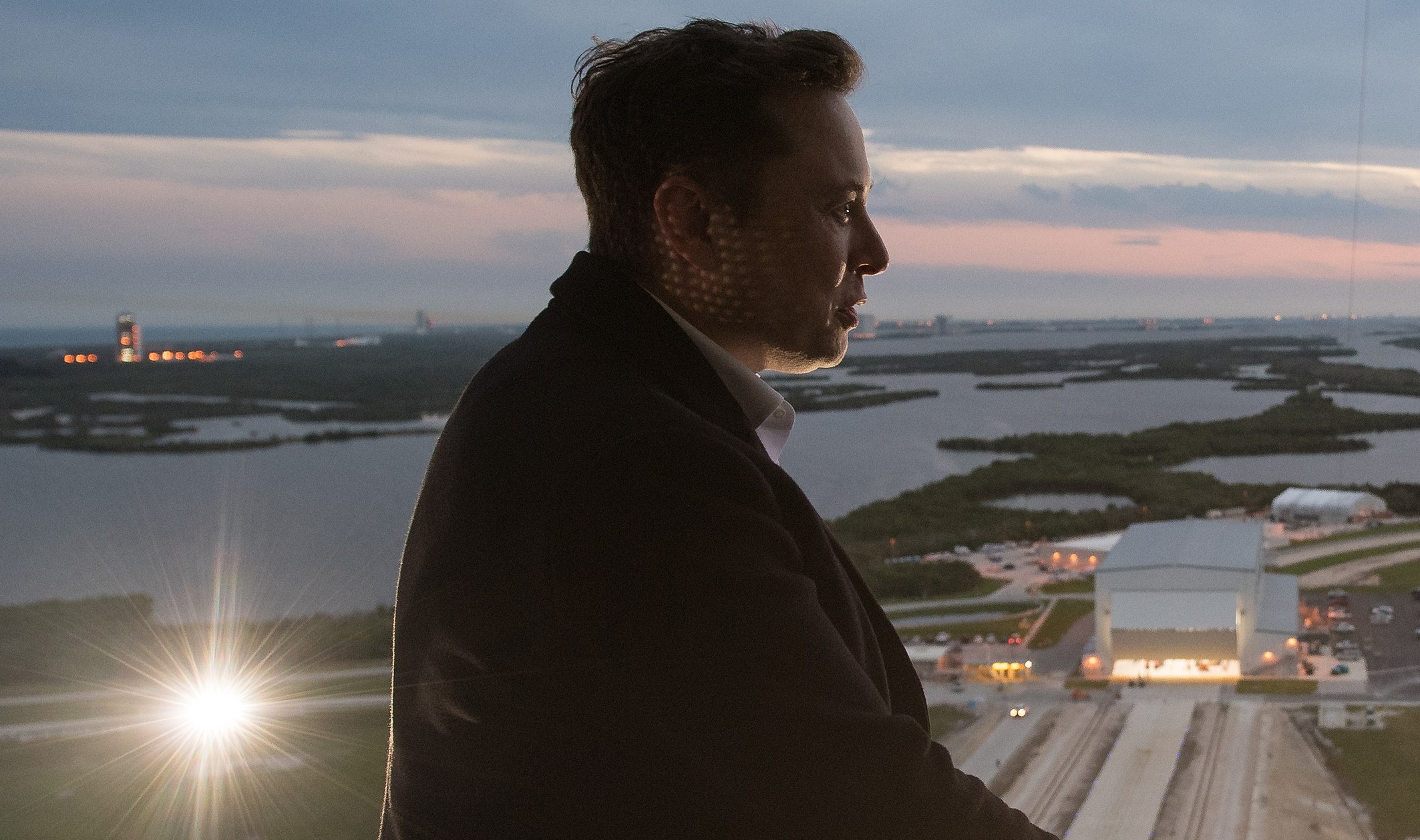
An X user with 184 followers has become the unlikely hero of the United States’ space program by effectively de-escalating a row between SpaceX CEO Elon Musk and President Donald Trump on social media.
Needless to say, the X user has far more than 184 followers today after his level-headed feat.
A Near Fall
During Elon Musk and Donald Trump’s fallout last week, the U.S. President stated in a post on Truth Social that a good way for the United States government to save money would be to terminate subsidies and contracts from the CEO’s companies. Musk responded to Trump’s post by stating that SpaceX will start decommissioning its Dragon spacecraft immediately.
Musk’s comment was received with shock among the space community, partly because the U.S. space program is currently reliant on SpaceX to send supplies and astronauts to the International Space Station (ISS). Without Dragon, the United States will likely have to utilize Russia’s Soyuz for the same services—at a significantly higher price.
X User to the Rescue
It was evident among X users that Musk’s comments about Dragon being decommissioned were posted while emotions were high. It was then no surprise that an X account with 184 followers, @Fab25june, commented on Musk’s post, urging the CEO to rethink his decision. “This is a shame this back and forth. You are both better than this. Cool off and take a step back for a couple days,” the X user wrote in a reply.
Much to the social media platform’s surprise, Musk responded to the user. Even more surprising, the CEO stated that SpaceX would not be decommissioning Dragon after all. “Good advice. Ok, we won’t decommission Dragon,” Musk wrote in a post on X.
Not Planned, But Welcomed
The X user’s comment and Musk’s response were received extremely well by social media users, many of whom noted that @Fab25june’s X comment effectively saved the U.S. space program. In a follow-up comment, the X user, who has over 9,100 followers as of writing, stated that he did not really plan on being a mediator between Musk and Trump.
“Elon Musk replied to me. Somehow, I became the accidental peace broker between two billionaires. I didn’t plan this. I was just being me. Two great minds can do wonders. Sometimes, all it takes is a breather. Grateful for every like, DM, and new follow. Life’s weird. The internet’s weirder. Let’s ride. (Manifesting peace… and maybe a Model Y.)” the X user wrote.
Lifestyle
Tesla Cybertruck takes a bump from epic failing Dodge Charger
The Cybertruck seemed unharmed by the charging Charger.
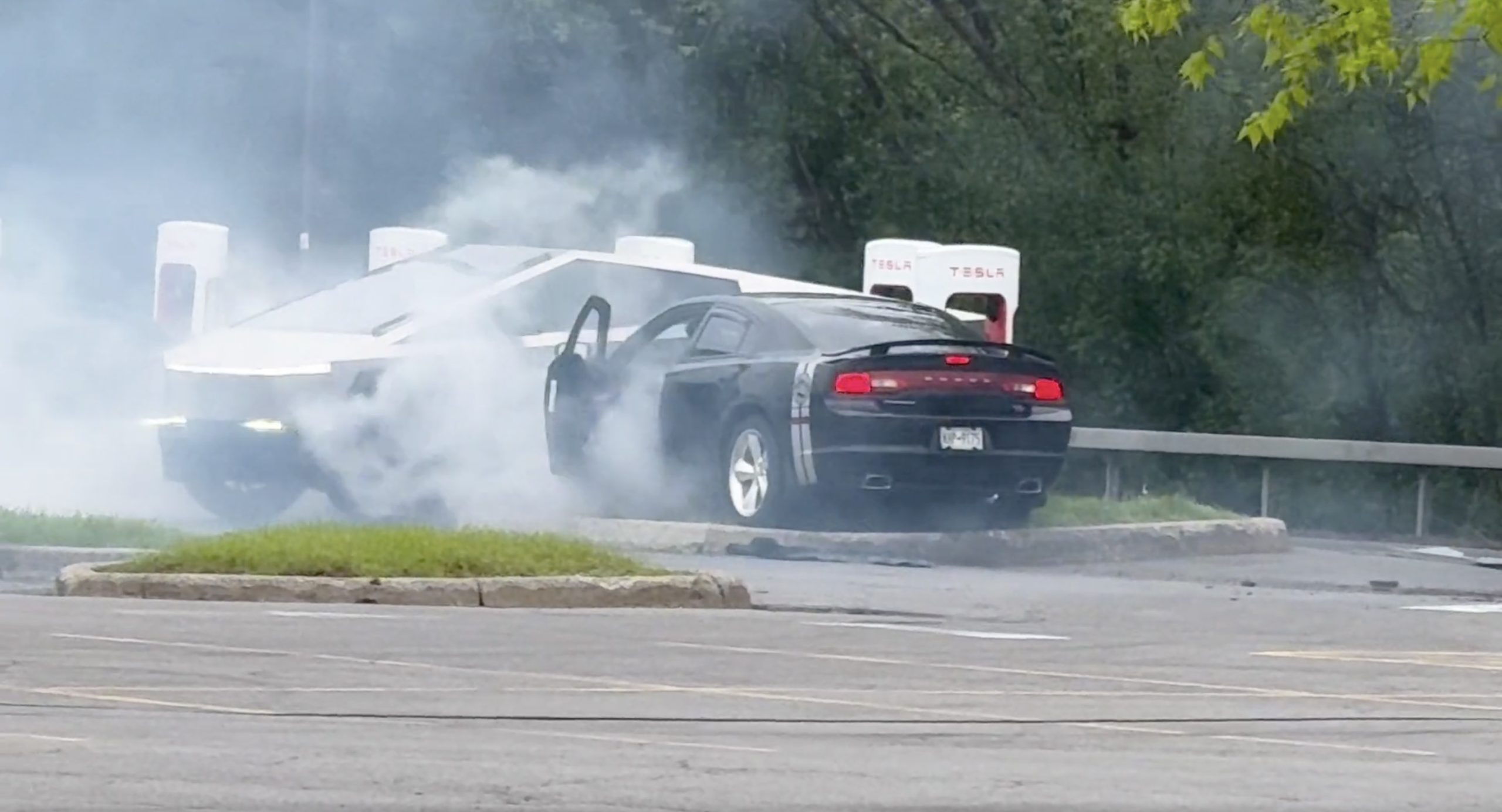
There comes a time in a driver’s life when one is faced with one’s limitations. For the driver of a Dodge Charger, this time came when he lost control and crashed into a Tesla Cybertruck–an absolute epic fail.
A video of the rather unfortunate incident was shared on the r/TeslaLounge subreddit.
Charging Charger Fails
As could be seen in the video, which was posted on the subreddit by Model Y owner u/Hammer_of_something, a group of teens in a Dodge Charger decided to do some burnouts at a Tesla Supercharger. Unfortunately, the driver of the Charger failed in his burnout or donut attempt, resulting in the mopar sedan going over a curb and bumping a charging Cybertruck.
Ironically, the Dodge Charger seemed to have been parked at a Supercharger stall before its driver decided to perform the failed stunt. This suggests that the vehicle was likely ICE-ing a charging stall before it had its epic fail moment. Amusingly enough, the subreddit member noted that the Cybertruck did not seem like it took any damage at all despite its bump. The Charger, however, seemed like it ran into some trouble after crashing into the truck.
Alleged Aftermath
As per the the r/TeslaLounge subreddit member, the Cybertruck owner came rushing out to his vehicle after the Dodge Charger crashed into it. The Model Y owner then sent over the full video of the incident, which clearly showed the Charger attempting a burnout, failing, and bumping into the Cybertruck. The Cybertruck owner likely appreciated the video, in part because it showed the driver of the Dodge Charger absolutely freaking out after the incident.
The Cybertruck is not an impregnable vehicle, but it can take bumps pretty well thanks to its thick stainless steel body. Based on this video, it appears that the Cybertruck can even take bumps from a charging Charger, all while chilling and charging at a Supercharger. As for the teens in the Dodge, they likely had to provide a long explanation to authorities after the incident, since the cops were called to the location.
Lifestyle
Anti-Elon Musk group crushes Tesla Model 3 with Sherman tank–with unexpected results
Ironically enough, the group’s video ended up highlighting something very positive for Tesla.
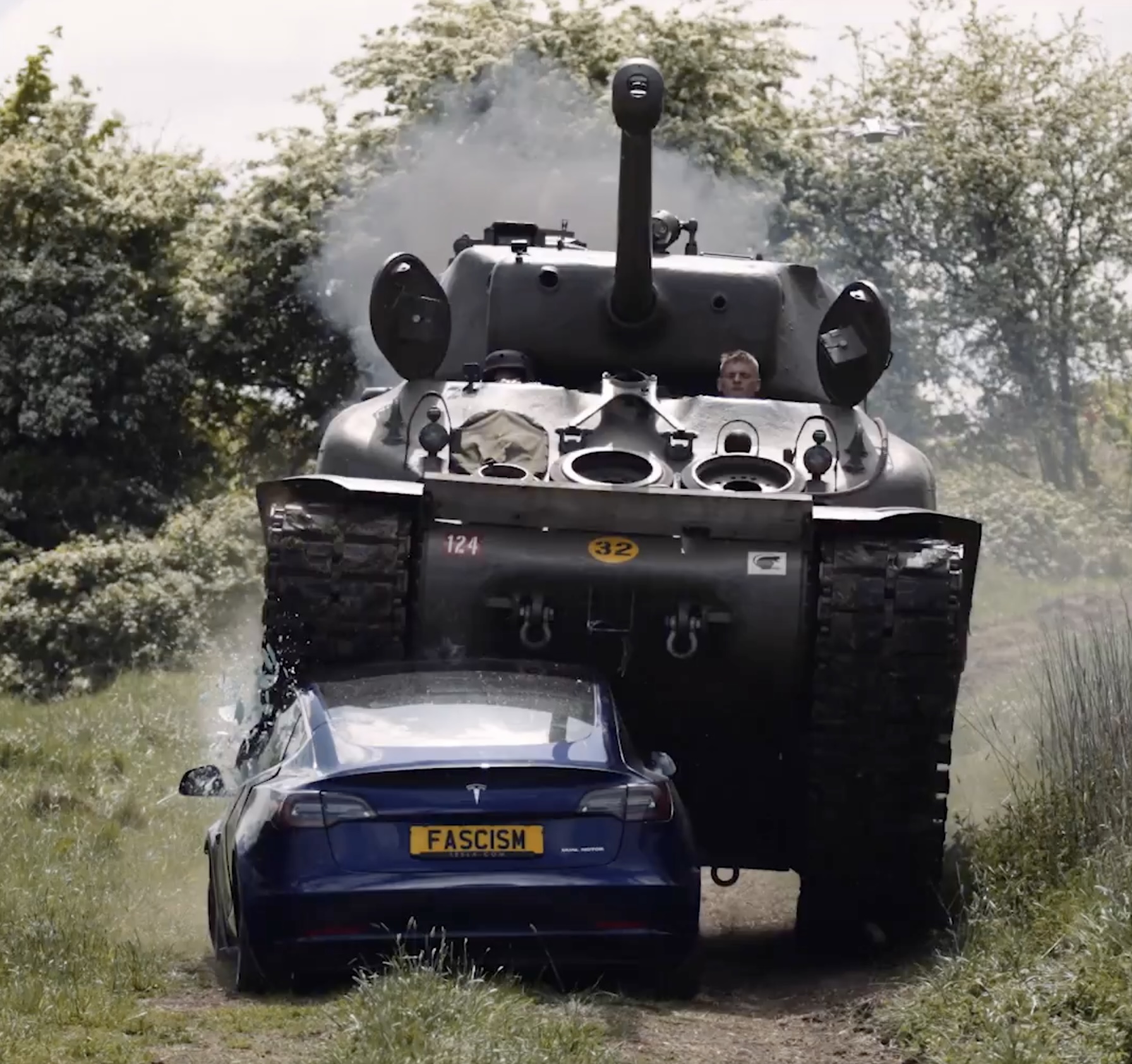
Anti-Elon Musk protesters and critics tend to show their disdain for the CEO in various ways, but a recent video from political action group Led By Donkeys definitely takes the cake when it comes to creativity.
Ironially enough, the group’s video also ended up highlighting something very positive for Tesla.
Tank vs. Tesla
In its video, Led By Donkeys featured Ken Turner, a 98-year-old veteran who served in the British army during World War II. The veteran stated that Elon Musk, the richest man in the world, is “using his immense power to support the far-right in Europe, and his money comes from Tesla cars.”
He also noted that he had a message for the Tesla CEO: “We’ve crushed fascism before and we’ll crush it again.” To emphasize his point, the veteran proceeded to drive a Sherman tank over a blue Tesla Model 3 sedan, which, of course, had a plate that read “Fascism.”
The heavy tank crushed the Model 3’s glass roof and windows, much to the delight of Led By Donkeys’ commenters on its official YouTube channel. But at the end of it all, the aftermath of the anti-Elon Musk demonstration ended up showcasing something positive for the electric vehicle maker.
Tesla Model 3 Tanks the Tank?
As could be seen from the wreckage of the Tesla Model 3 after its Sherman encounter, only the glass roof and windows of the all-electric sedan were crushed. Looking at the wreckage of the Model 3, it seemed like its doors could still be opened, and everything on its lower section looked intact.
Considering that a standard M4 Sherman weighs about 66,800 to 84,000 pounds, the Model 3 actually weathered the tank’s assault really well. Granted, the vehicle’s suspension height before the political action group’s demonstration suggests that the Model 3’s high voltage battery had been removed beforehand. But even if it hadn’t been taken off, it seemed like the vehicle’s battery would have survived the heavy ordeal without much incident.
This was highlighted in comments from users on social media platform X, many of whom noted that a person in the Model 3 could very well have survived the ordeal with the Sherman. And that, ultimately, just speaks to the safety of Tesla’s vehicles. There is a reason why Teslas consistently rank among the safest cars on the road, after all.
-

 Elon Musk1 week ago
Elon Musk1 week agoTesla investors will be shocked by Jim Cramer’s latest assessment
-

 Elon Musk3 days ago
Elon Musk3 days agoElon Musk confirms Grok 4 launch on July 9 with livestream event
-

 Elon Musk14 hours ago
Elon Musk14 hours agoxAI launches Grok 4 with new $300/month SuperGrok Heavy subscription
-

 News7 days ago
News7 days agoTesla Model 3 ranks as the safest new car in Europe for 2025, per Euro NCAP tests
-

 Elon Musk2 weeks ago
Elon Musk2 weeks agoA Tesla just delivered itself to a customer autonomously, Elon Musk confirms
-

 Elon Musk1 week ago
Elon Musk1 week agoxAI’s Memphis data center receives air permit despite community criticism
-

 Elon Musk2 weeks ago
Elon Musk2 weeks agoTesla’s Omead Afshar, known as Elon Musk’s right-hand man, leaves company: reports
-

 News2 weeks ago
News2 weeks agoXiaomi CEO congratulates Tesla on first FSD delivery: “We have to continue learning!”


